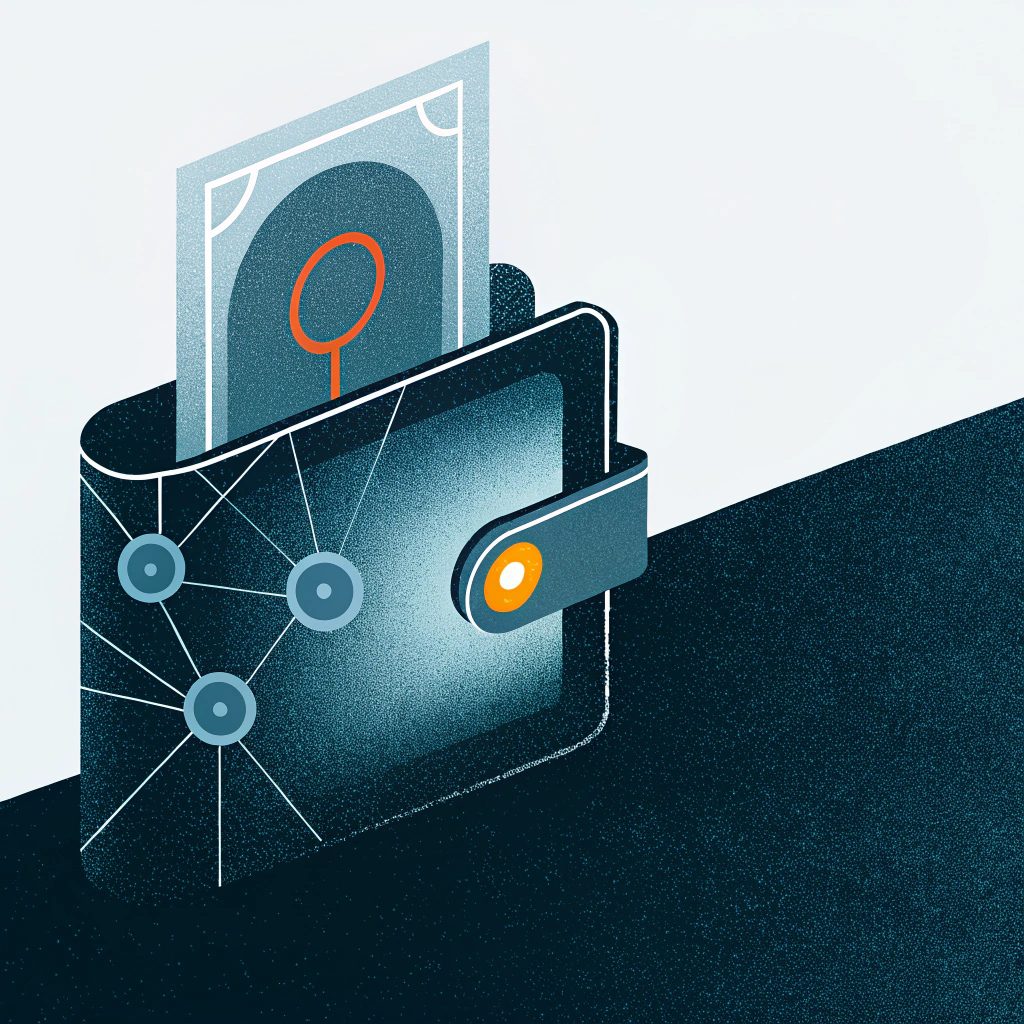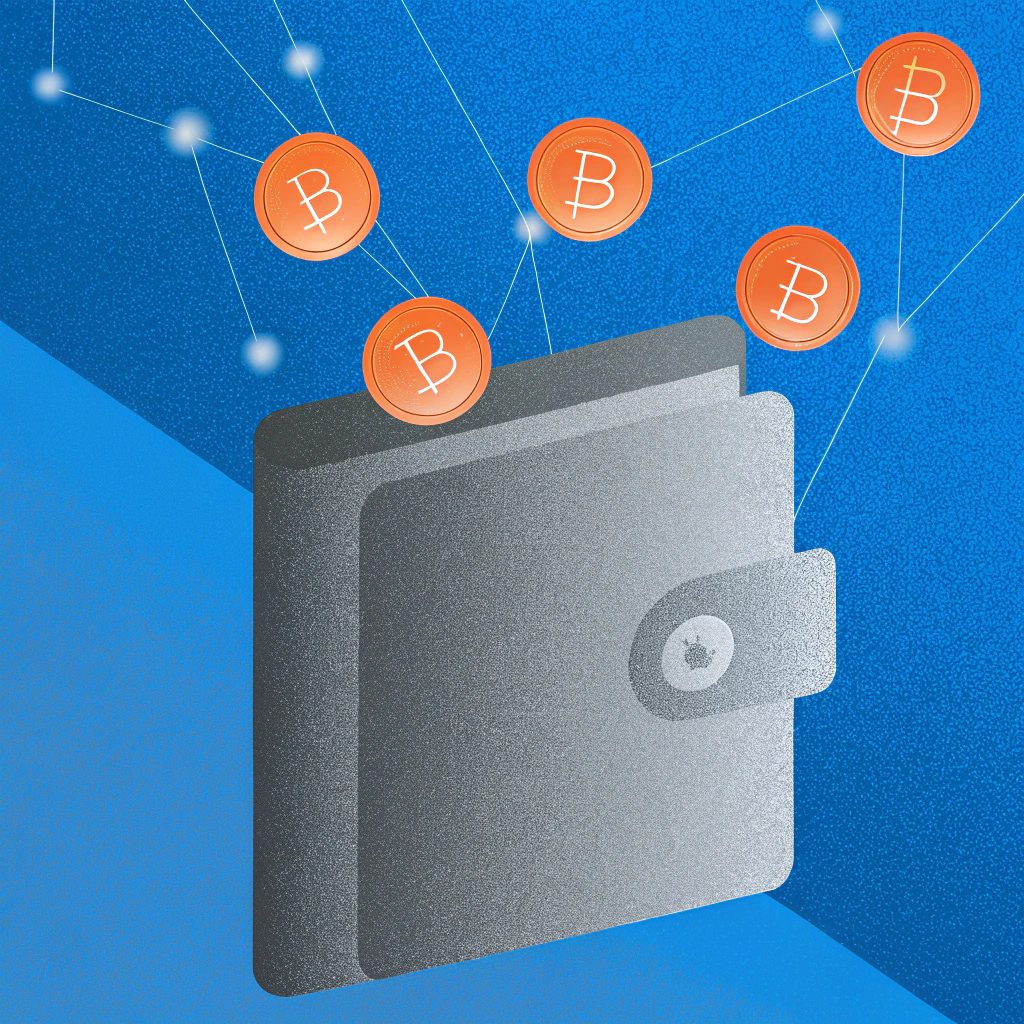As the world of blockchain technology continues to evolve, so does the need for efficient and secure ways to manage cryptocurrencies and decentralized applications (dApps). Enter the Web3 wallet, the gateway to the decentralized internet. If you’ve ever wondered how to securely manage your digital assets and engage with the growing world of Web3 technologies, understanding Web3 wallets is essential.
A Web3 wallet allows you to store, manage, and interact with your cryptocurrencies, while also providing you with access to decentralized applications, giving you control over your private keys and enabling you to execute transactions. But how exactly do these wallets work, and why are they an essential part of the Web3 ecosystem? Let’s dive into the world of Web3 wallets and explore what makes them so vital for the future of digital asset management.
What is a Web3 Wallet?
A Web3 wallet is a digital tool that allows users to interact directly with blockchain ecosystems and decentralized applications (dApps). Unlike conventional wallets, which primarily store and transfer cryptocurrencies, a Web3 wallet empowers users to securely manage digital assets, execute smart contracts, and authenticate transactions across decentralized networks.
What sets a Web3 wallet apart is the user’s full ownership: private keys are controlled solely by the user, not by a third-party custodian. This non-custodial structure is fundamental to the decentralized web (Web3), ensuring autonomy, security, and privacy. For a deeper dive into how Web3 wallets support decentralized finance (DeFi), check out Quick Node Web3 Wallet Guide.
If you’re curious how digital asset management is evolving beyond traditional banking models, explore our Crypto Luxury Travel Guide
How Do Web3 Wallets Work?

Web3 wallets operate through the use of public and private keys, which are fundamental to blockchain transactions. Here’s a breakdown of how they function:
- Public Keys: Think of these as your wallet address. You can share them to receive cryptocurrencies or NFTs.
- Private Keys: These keys allow you to access and manage your wallet and assets. Keeping private keys secure is crucial to protecting your digital holdings.
Key features of Web3 wallets include:
- Interaction with blockchain networks: Web3 wallets connect directly to the blockchain to perform transactions or execute smart contracts.
- Transaction signatures: Wallets are used to sign transactions, confirming the user’s identity and authorizing actions like sending crypto or interacting with dApps.
- Asset storage: While Web3 wallets don’t store assets directly, they provide secure access to assets stored on the blockchain.
- Seed phrase & security: Web3 wallets generate a recovery seed phrase, which allows users to regain access to their wallet if the device is lost.
Why Do You Need a Web3 Wallet?
With Web3 wallets, the digital world is at your fingertips. If you want to engage with the decentralized internet, you need a secure and flexible way to store and manage your assets. Here are a few key reasons to use Web3 wallets:
- Access to dApps: Web3 wallets allow you to directly interact with decentralized applications such as DeFi platforms, NFT marketplaces, and blockchain games.
- Security & Control: As non-custodial wallets, you are in full control of your private keys and assets, reducing your reliance on centralized entities.
- Multi-Blockchain Support: Many Web3 wallets can support multiple cryptocurrencies and blockchain networks, allowing you to manage a diverse set of digital assets in one place.
- Data Sovereignty: Web3 wallets help protect your digital identity, giving you full control over your personal information, without relying on third parties.
Types of Web3 Wallets
There are different types of Web3 wallets, each suited for different user needs, including:
1. Desktop Wallets
These wallets are installed on your computer and allow you to manage your cryptocurrencies and digital assets locally. They offer enhanced security because they don’t need to be constantly connected to the internet.
2. Mobile Wallets
Installed on your smartphone, mobile wallets offer flexibility and convenience. You can manage your assets and interact with dApps on the go. However, their security depends on your phone’s overall protection.
3. Hardware Wallets
These physical devices store your private keys offline, offering superior security against cyber-attacks and malware. Hardware wallets are ideal for long-term storage of large quantities of cryptocurrencies but are less convenient for daily use.
4. Browser-Based Wallets
Browser extensions, such as MetaMask, provide direct access to Web3 platforms. These wallets are great for quick transactions and accessing dApps, but they can be vulnerable to phishing attacks if not properly secured.
What Makes Web3 Wallets Different from Traditional Wallets?
The main difference between Web3 wallets and traditional wallets is that Web3 wallets are designed to interact with the decentralized Web (Web3), while traditional wallets are typically used for simple storing and transferring of cryptocurrencies. Web3 wallets provide:
- Access to dApps – directly interact with decentralized applications, allowing users to access DeFi, NFTs, and more.
- Self-Custody – users control their private keys, unlike centralized services where third parties control your assets.
- Broader Use Case – Web3 wallets provide the flexibility to manage assets across multiple blockchains, offering a seamless experience.
The Future of Web3 Wallets
The future of Web3 wallets is very bright as blockchain technology continues to advance. With increasing popularity in DeFi, NFTs, and digital identity solutions, Web3 wallets will evolve to meet new demands.
Future trends include:
- Cross-chain compatibility, allowing users to seamlessly interact with multiple blockchain networks.
- Improved security features, such as multi-signature transactions, zero-knowledge proofs, and biometric authentication.
- User-friendly interfaces, making Web3 wallets more accessible to a broader audience, even those new to blockchain technologies.
Frequently Asked Questions (FAQs)
1. Are Web3 wallets secure?
Web3 wallets are highly secure, especially if non-custodial. Keep your private keys and seed phrases safe. Hardware wallets are among the most secure options for long-term storage.
2. Can Web3 wallets support multiple cryptocurrencies?
Yes! Most Web3 wallets support multiple cryptocurrencies and allow users to manage assets across various blockchain networks.
3. Can I buy NFTs with Web3 wallets?
Yes! Web3 wallets allow you to purchase, store, and manage NFTs. They are compatible with NFT marketplaces like OpenSea, Rarible, and others.
4. How can I connect a dApp with my Web3 wallet?
To connect to a dApp, open the dApp in your browser, click “Connect Wallet”, select your wallet, and confirm the connection to interact with the platform.
Conclusion: Web3 Wallets – The Key to Decentralized Financial Freedom

The future of digital asset management lies in Web3 wallets, offering the ability to securely manage your cryptocurrencies, NFTs, and dApp interactions in the decentralized internet. As blockchain technology continues to evolve, Web3 wallets will remain central to the development of the next-generation internet.
Now that you understand the power of Web3 wallets, it’s time to get started and manage your digital assets securely in the exciting world of decentralization.


















